
“Gatling Gun Parker” At the Battle of San Juan Hill
By Jim ForalAlong with the news of the American battleship Maine’s suspicious sinking in Havana harbor in February 1898 came the unmistakable scent of war. Read more

Along with the news of the American battleship Maine’s suspicious sinking in Havana harbor in February 1898 came the unmistakable scent of war. Read more
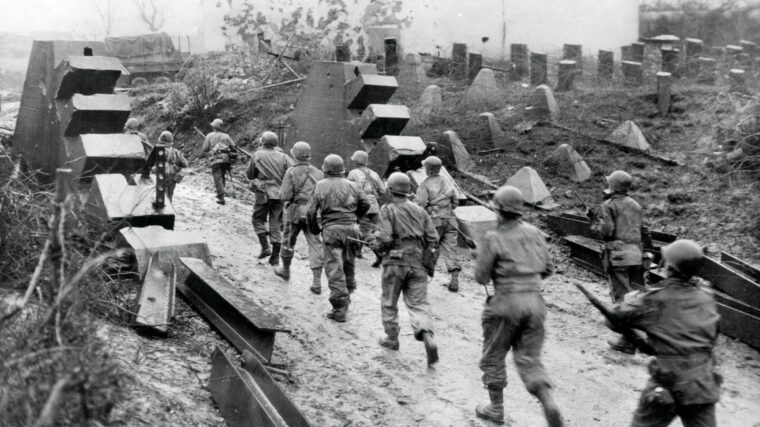
As the battalion officers surveyed the terrain before them, they must have been worried about the men who would have to cross it—the 300 yards of open ground to the banks of the Saar River lined with barbed-wire, concrete pillboxes, anti-vehicle “dragon’s teeth,” and reinforced with minefields in depth known as the Westwall or, more commonly, the “Siegfried Line.” Read more
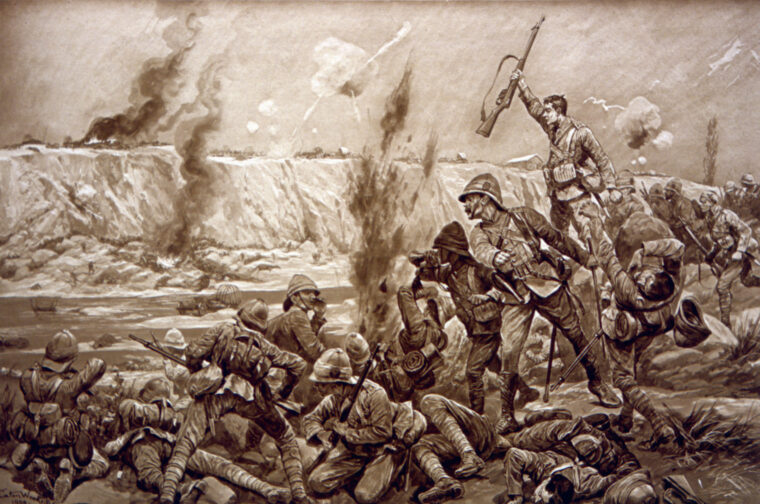
On October 11, 1899, Great Britain officially went to war with the Republic of Transvaal and the Orange Free State. Read more
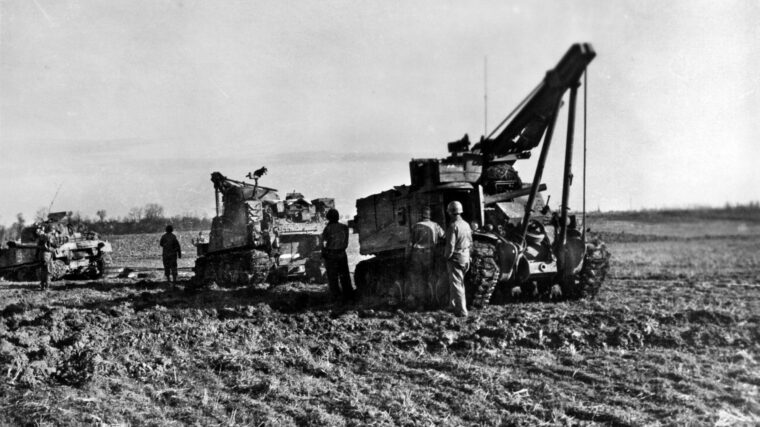
The U.S. Army’s drive across France and Belgium during the late summer and fall of 1944 was made possible by the support of the logistics and maintenance personnel that performed their duties magnificently—but received little credit or glory. Read more

In 1864, the Civil War was raging across the United States. At the epicenter of the seemingly stalemated conflict was the vital Confederate stronghold at Petersburg, Va. Read more
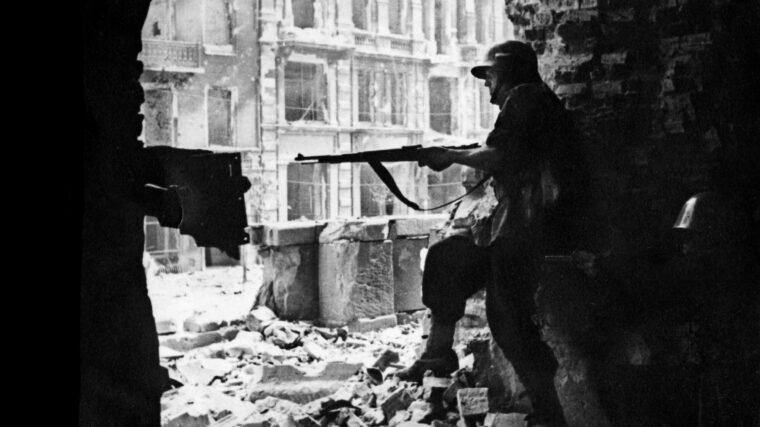
Polish General Tadeusz “Bor” Komorowski knew the fight for the Old Town Warsaw was over. His last hope—and that of his army—was to slip out unnoticed and move the headquarters position to the town center. Read more

The Spanish Empire is best remembered for its great voyages of exploration, its conquest of the New World, and its mighty Armada. Read more
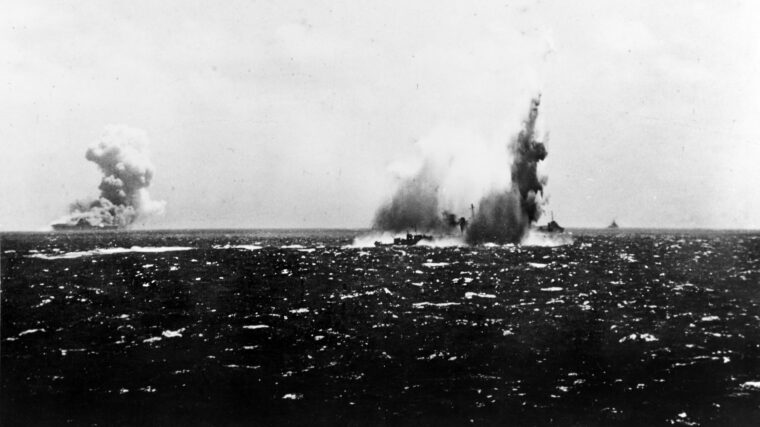
After the Great War, the leading naval powers met to try to avoid another ruinously expensive arms race and, hopefully, prevent future wars. Read more

On a warm summer day in the year 378 BC, a large Spartan army stood baffled on the plain of Boeotia in central Greece. Read more
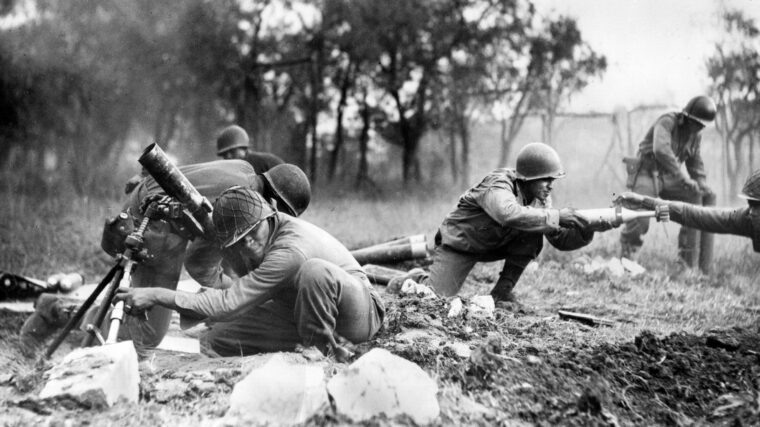
There are important similarities between Hitler’s final great push into Belgium and Luxembourg and Mussolini’s drive south of Garfagnana. Read more

By the late summer of 1814, the invading British Army had routed the entire American Army—both federal and state troops—on the Eastern Seaboard of the United States. Read more
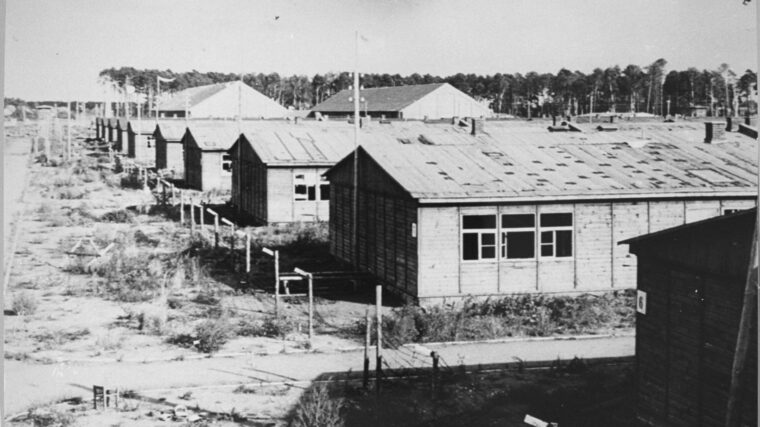
German prosecutors continue to go after anyone associated with the Third Reich’s concentration and death camps with a tenacity that would make Hitler’s victims proud. Read more
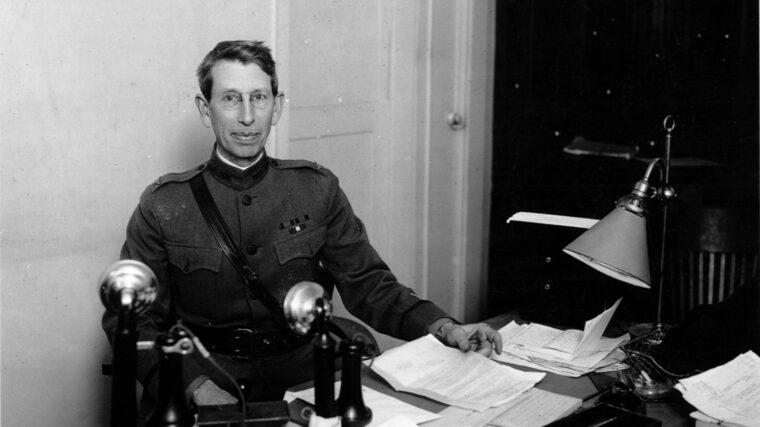
In the long history of American military intelligence, the names that come to mind most often are those of Nathan Hale, Benedict Arnold, Herbert Yardley, and William Donovan. Read more

The Office of Strategic Services (OSS) was America’s first strategic intelligence organization. President Franklin D. Roosevelt authorized its establishment on June 13, 1942, six months after World War II began, to collect and analyze strategic intelligence and to conduct special services, including subversion, sabotage, and psychological warfare. Read more
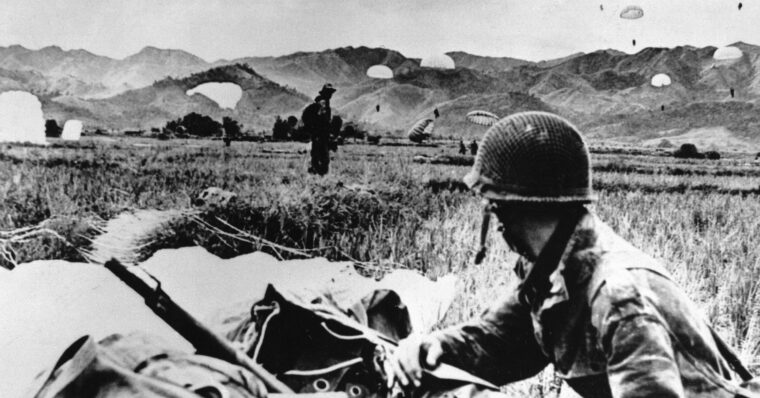
It began with the now-familiar sound, like thunder, coming from the hills to the northeast of the entrenched camp, as hidden Viet Minh mortar and artillery sites began raining destruction down upon the French fortifications in the Dien Bien Phu valley. Read more
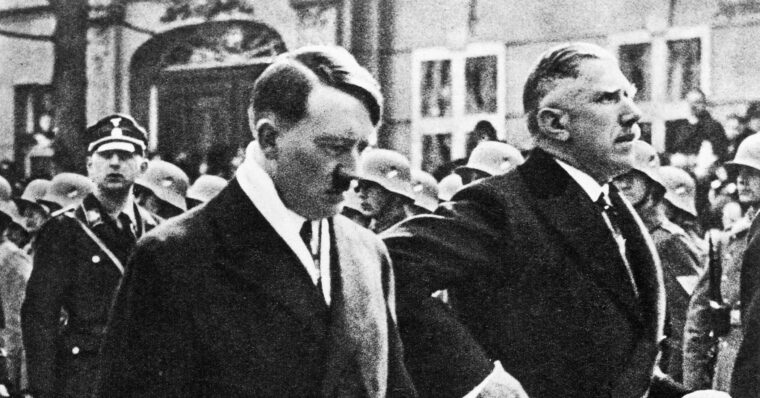
On May 31, 1932, Franz von Papen achieved the pinnacle of a long career serving his country when, in a surprising move, the aging President Paul von Hindenburg named him Chancellor of Germany. Read more

On October 16, 1946, between 1 and 3 AM, American military police escorted 10 condemned high-ranking Nazi prisoners to their execution by hanging. Read more

In many ways, Flavius Aetius personified the tumultuous changes that rocked the Western Roman Empire during its final years. Read more
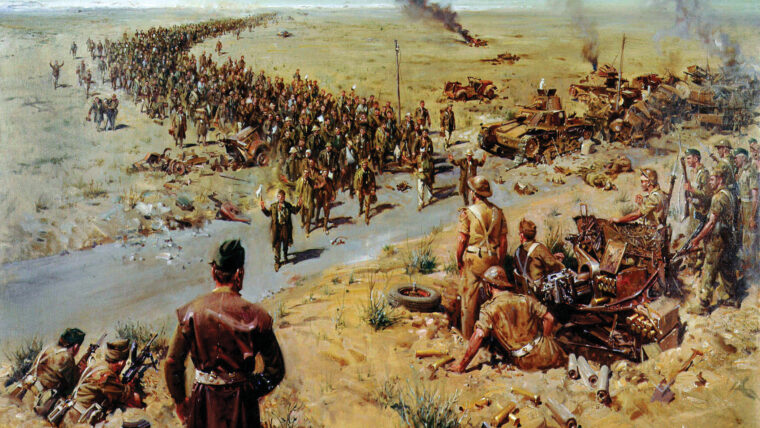
Although it suffered, like all combatants, from the costly stalemate and horrendous casualties of trench warfare during World War I, Italy never used tanks during that conflict. Read more

Perhaps no other weapon in human history has lent itself so well to so many combat adaptations as the sword. Read more